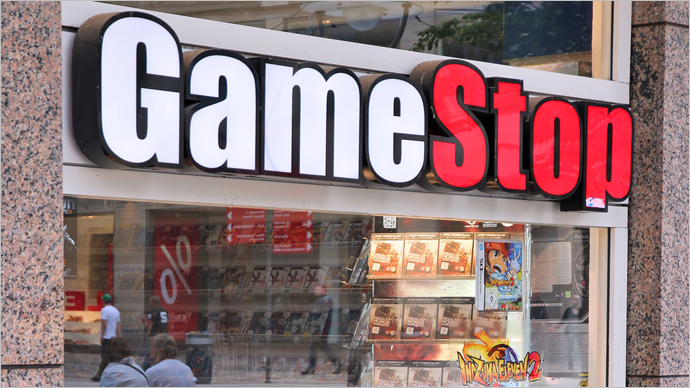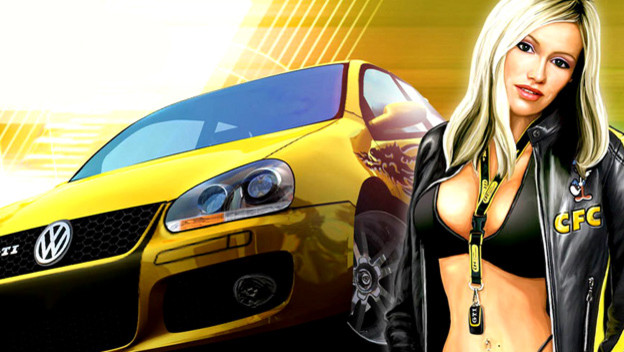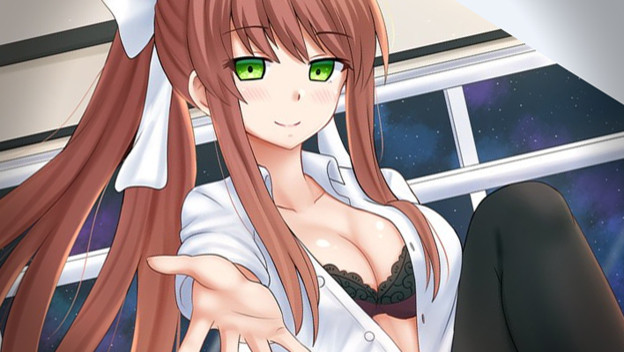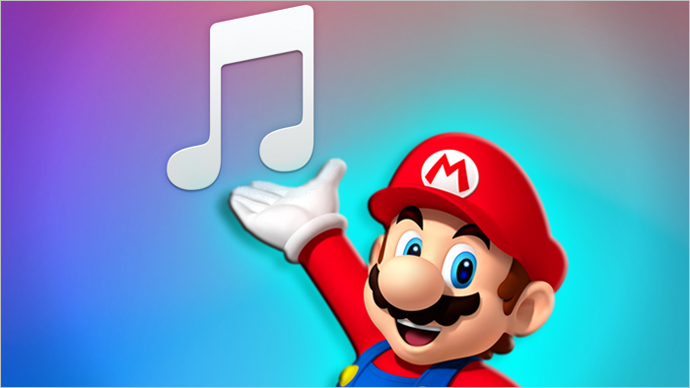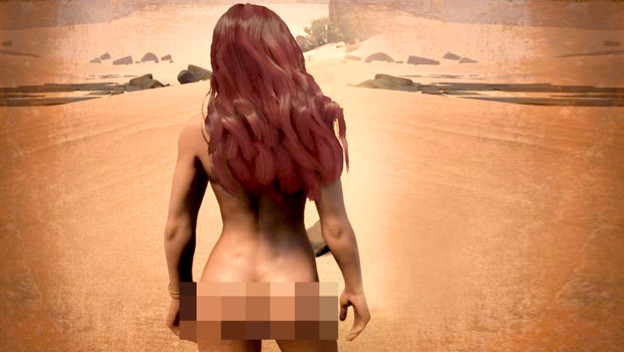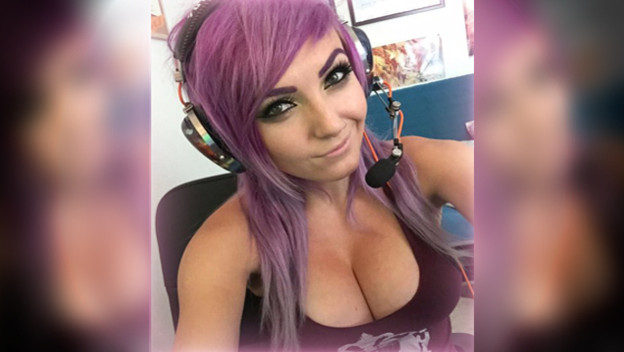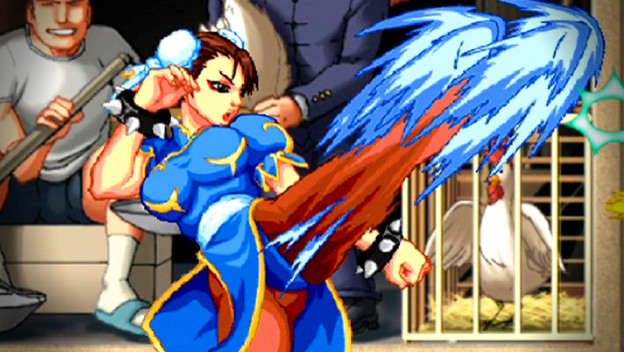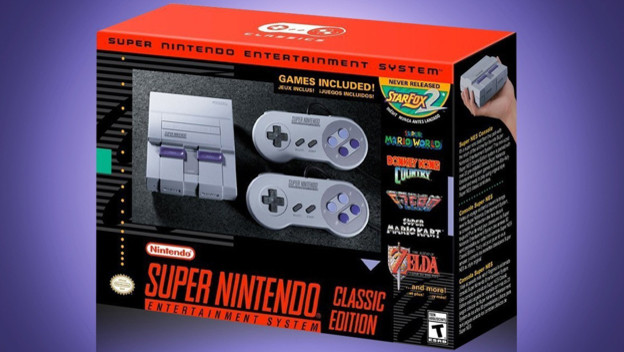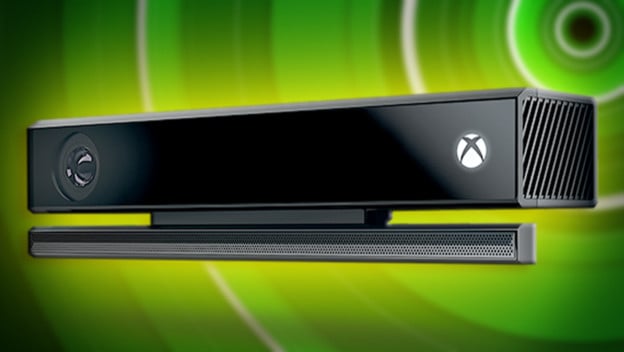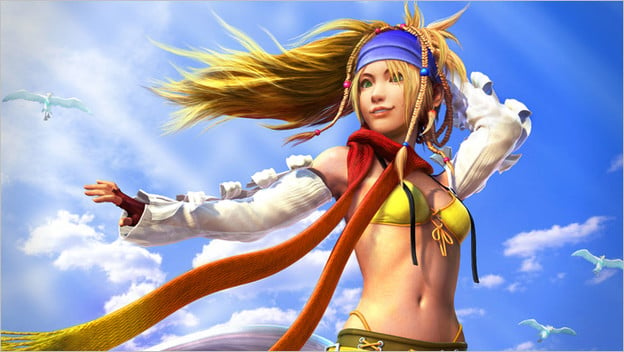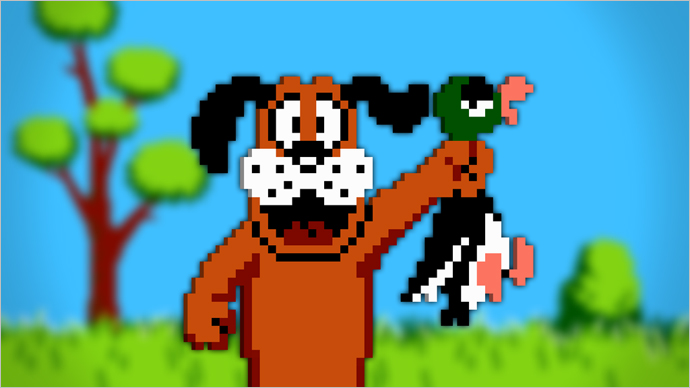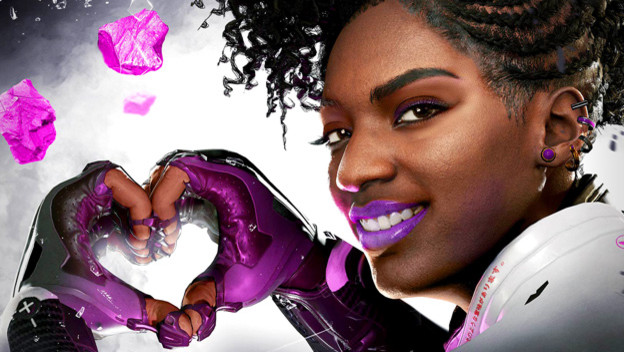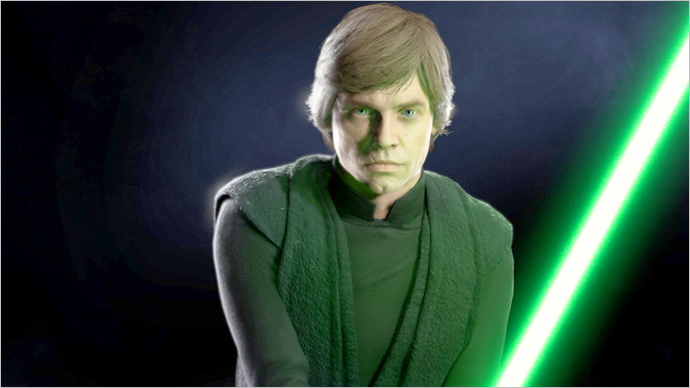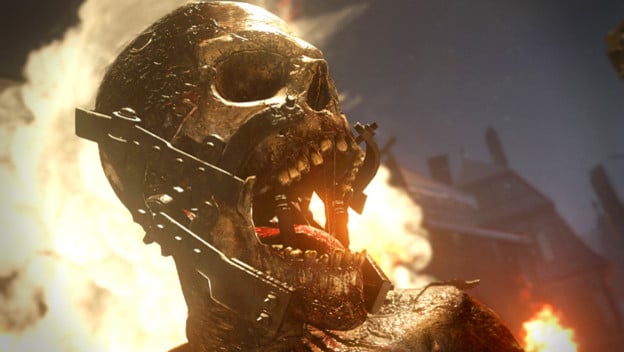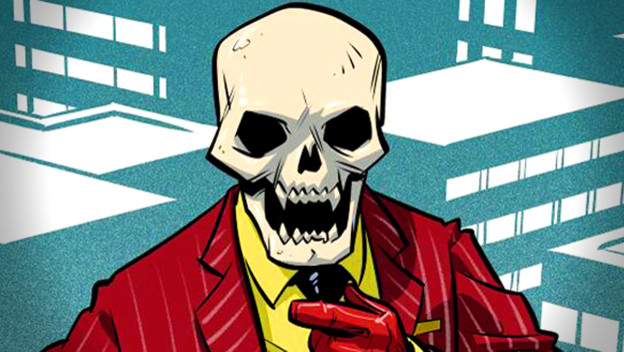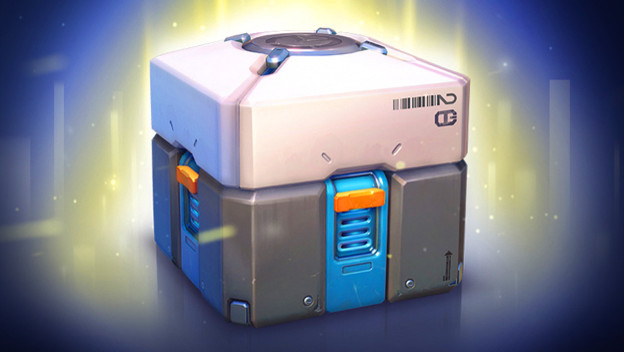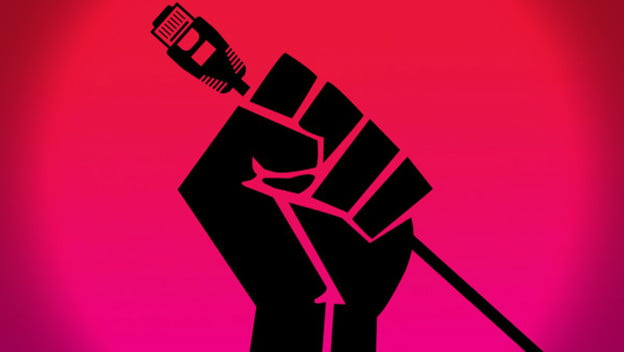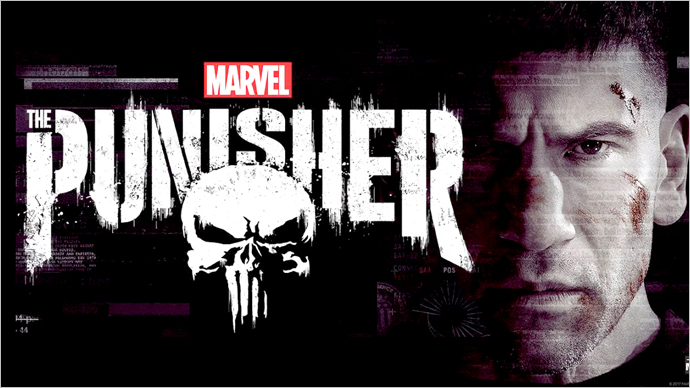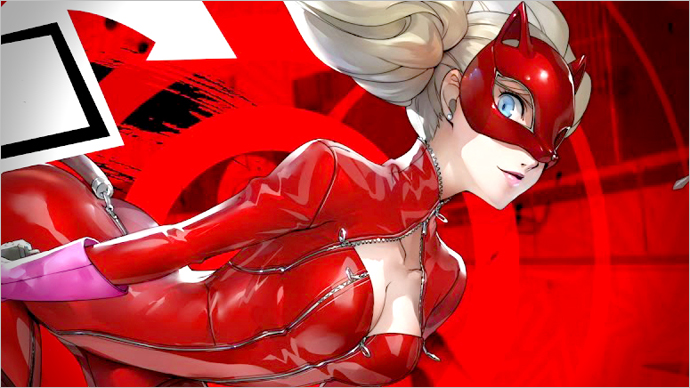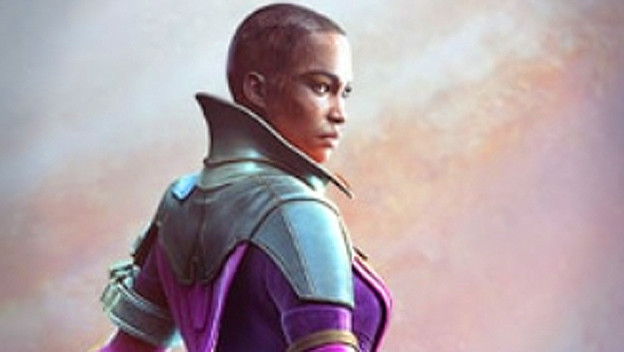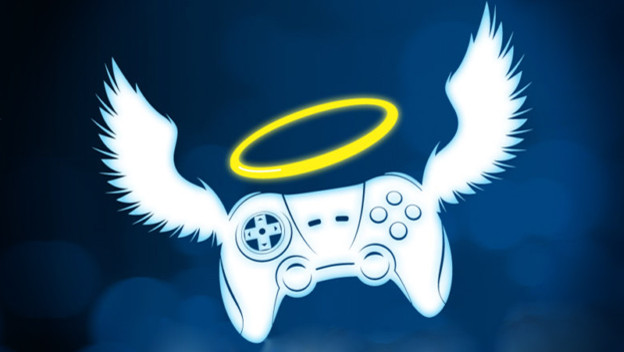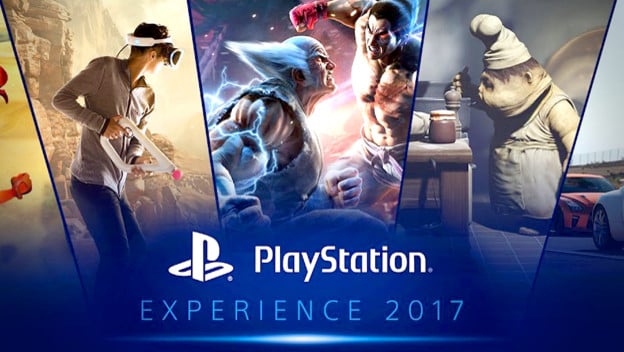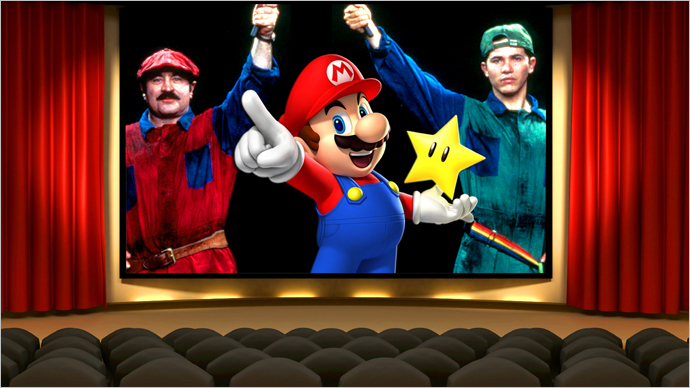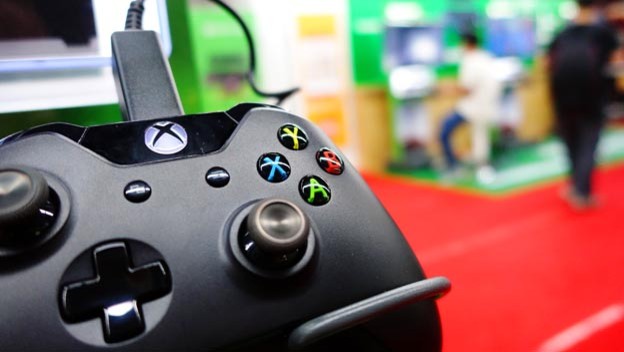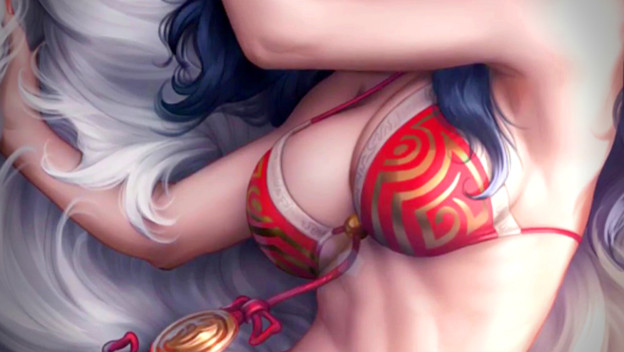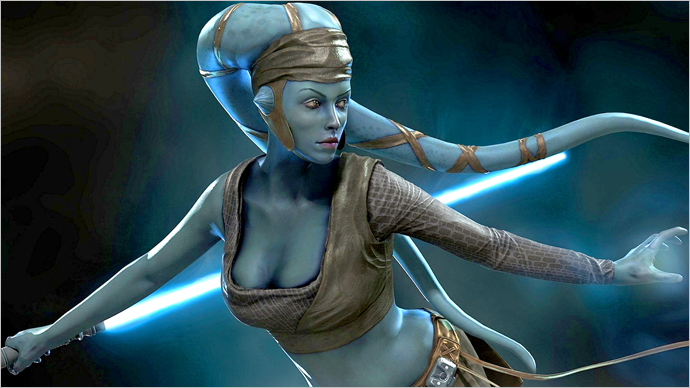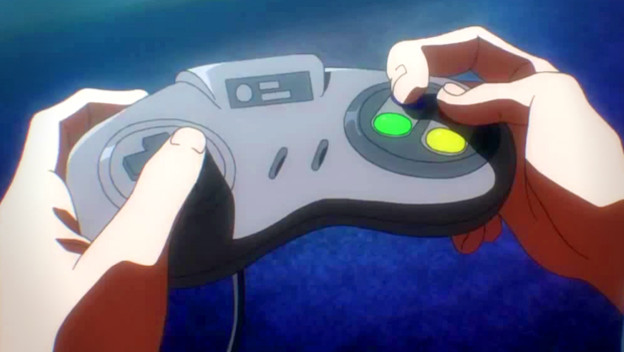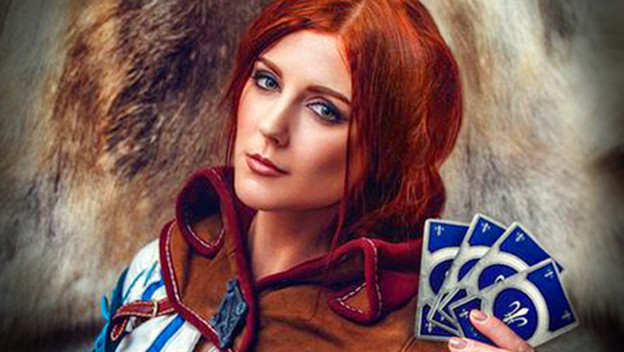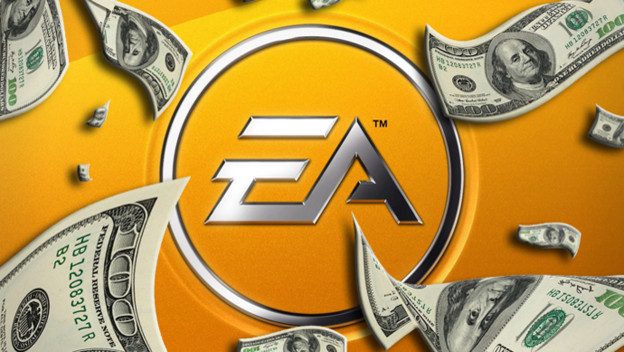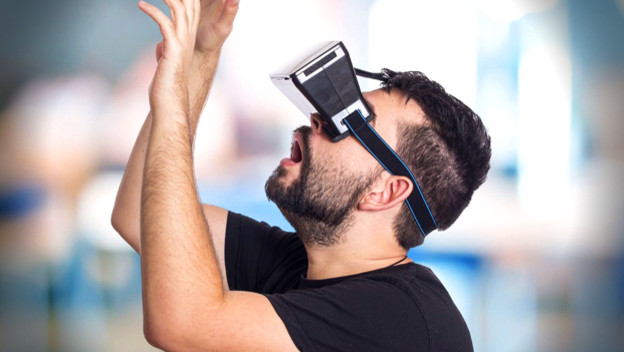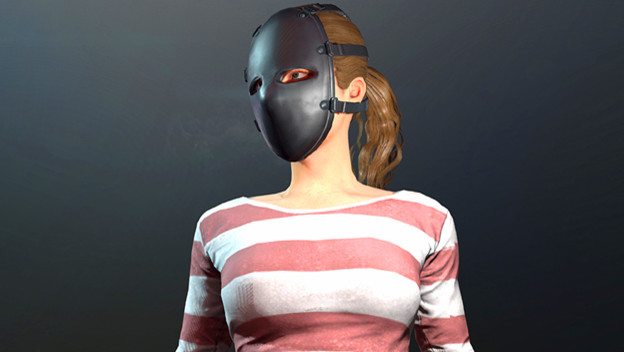
| System: Switch |  |
| Dev: Nintendo | |
| Pub: Nintendo | |
| Release: October 27, 2017 | |
| Players: 1 Player | |
| Screen Resolution: 720p-1080p | Cartoon Violence, Comic Mischief |
by Lucas White
Super Mario Odyssey doesn’t feel revelatory; it doesn’t explode into my senses the way Super Mario Galaxy did so many years ago or the way Super Mario 64 did before that. The way I was hoping it would in the back of my mind. Part of it could be the modern release cycle, the death of surprise that comes with my unique position, and the onslaught of media which accompanies new games now. I had an expectation based on previous experience with the game and my observations thereof, and as I played the game I felt those expectations soundly met. It wasn’t until I took a step back and realized how much time I had actually spent with Super Mario Odyssey, that it clicked and I realized how well this new Super Mario, well, Marios!
Super Mario Odyssey doesn’t waste much time with introductions. We open, already in the middle of a fight between Mario and Bowser, except Bowser is dressed to the nines and has a bunch of bizarre rabbit-people helping him plan his declared wedding to Peach. It’s almost pointless to comment on Nintendo doing “Peach is kidnapped” over and over again, despite people being tired of it, but it’s weird to see it taken to the level of a wedding again. It’s like the old manga from Nintendo Power back in the 90’s, but less comedic and as a more cynical new way to sell more amiibo figures. I hate that I have already put more thought into “Bowser forces Peach into a wedding while she stands there and yells for Mario” than Nintendo’s team obviously did, but here we are.
Anyway, Mario eventually gets beat up and meets Cappy, a sentient, magic hat who brings with him all the new abilities we’ve all seen in the various marketing materials. Mario can “capture” specific enemies, which means he takes over their bodies (introduced with a hilarious sequence of a psychedelic existential crisis of sorts for Mario) and gains access to new abilities. This means new types of puzzles and gameplay for longtime Super Mario fans to figure out and new players to dive into headfirst. This is where the more forward-facing Dope Mario Content lives. Mario can capture Goombas, Bullet Bills, Chain Chomps, Cheep Cheeps, and iconic and ordinary characters and items. Each one is its own tool that Mario can use to navigate dedicated spaces. While each one is really just a single gimmick, they’re spaced out enough and generally localized to the point that finding a new one is exciting. Those that recur don’t overstay their welcome.
What never comes even close to overstaying its welcome is the sheer joy of piloting Mario around any given environment. Mario feels familiar, as he should – his bag of tricks has generally remained the same since SuperMario 64 – but the refinements have stacked up over time. We land here in 2017 with the best Mario has ever felt. He responds to my inputs instantly, as if Super Mario Odyssey reads my mind before I nudge the stick or push a button. He turns on a dime, my memories of awkwardly hitching mid-air when I changed my mind in older games feeling more and more distant as I play. Despite Mario’s complex toolbox, doing what he can do has never been easier. Flipping, jumping, leaping, and now throwing Cappy about in whatever direction has such a seamless flow; playing Super Mario Odyssey in extended sessions almost feels like falling into a trance. So often you don’t have to think about getting around, and the hours melt away.
What helps this flow is both the structure of the levels and the actual goal of Super Mario Odyssey, accumulating Power Moons. Power Moons are the major collectible of the game, in the same vein of previous 3D Super Mario titles. The hook here is that rather than dozens of them, Mario is searching for hundreds of them that scattered throughout each level, but generally tucked away and out of immediate sight. Only a few of these items are tied to moving the “plot” forward; while the rest are more comparable to something like “Jiggies” back in Banjo-Kazooie. Power Moons will often just hang out openly, waiting for the player to move the camera just so and spot the enticing glow in the corner of their vision. Other times, Power Moons are tied to little puzzles or small visual cues in the environment.
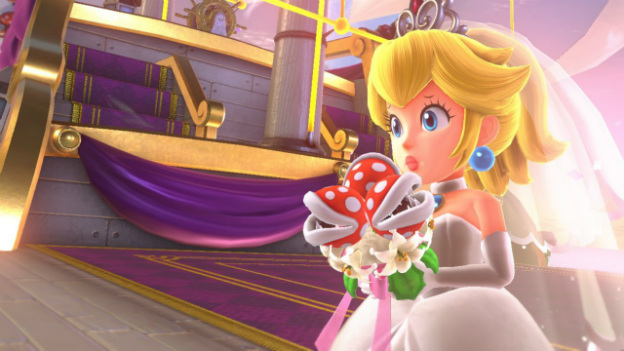
Collecting a Power Moon does as little as possible in terms of slowing down Super Mario Odyssey’s momentum. Mario does his familiar celebratory jig, then get back to business. Only when solving a major boss fight or other progress trigger will you ever move to a different screen, and even then it’s just a slightly longer pause before the action resumes. This is crucial, as most levels have several dozen Power Moons by themselves. But that’s not the only motivating factor for play. Mario also can find two different currencies, powering not loot boxes but more thorough exploration and a brand new set of rewards for a Mario game. These of course are the various costumes you can buy in the Crazy Cap store, one of which exists in each Kingdom.
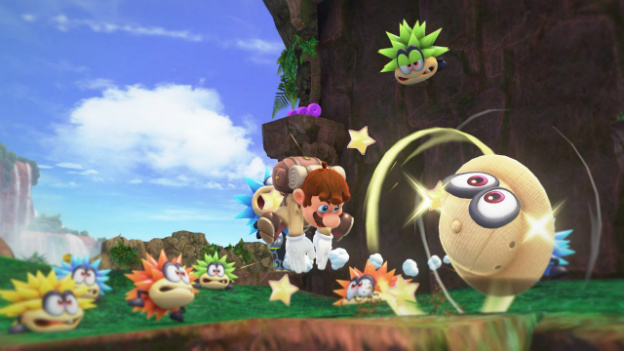
The costumes are of course adorable, and including this feature feels like an earnest effort to make coins matter again. Earning extra lives has been obsolete for years, and Nintendo has often foundered lately finding ways to make coin collecting mean something other than coin collecting for the sake of tradition. Now, coins are used to buy costumes, a Power Moon in each store, and the occasional power-ups if needed. A separate, less common and non-repeatable coin variant in each stage grants access to a different set of outfit items, which will also grant access to specific Power Moons.






